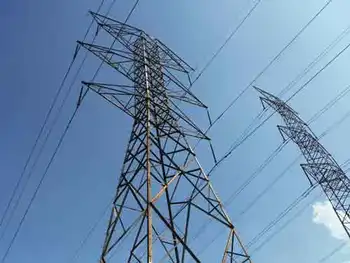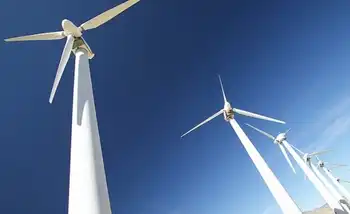EPRI looks at hybrid technology for cargo operations
Responding to increased interest in the technology for cargo operations, EPRI plans to focus on airport locations in the near future.
The hybrid vehicle — which was converted by the US Hybrid Corporation — has an electric motor with a lithium 33-kilowatt battery. The tractor will be capable of pulling loads of up to 96,000 pounds.
The institute will be testing the vehicle at the port of Long Beach for three months, all the while gathering performance data including efficiency, emissions, cost, charging times and fuel reduction. The vehicle will be tested for one year, with testing rotating at additional ports.
According to the institute, the vehicle will not idle its engine when not in use, which will present significant emissions savings. The institute projects that the vehicle will use 3,000 fewer gallons of fuel in a year than a traditional diesel model.
Also, the institute expects that the plug-in hybrid electric vehicle will produce 80 percent fewer nitrogen oxides and 50 percent less carbon dioxide.
According to the institute, the cost of retrofitting a diesel tractor is about $80,000. And, according to the instituteÂ’s fuel savings estimates, the projected return on investment is six years.
Hybrid technology has been available and gaining recognition in many industries. The institute has planned on projects specifically geared toward cargo operations at airports.
“Something that EPRI is going to be researching further is the cargo side,” says Andra Rogers, senior project manager of electric transportation at EPRI.
“We are also looking at other types of cargo equipment such as intermodal facilities which will relate to airports and ports,” she says.
Rogers says the institute has not yet done in-depth research regarding the use of hybrids specifically at airports, but says work may be done on the concept within the next six months.
EPRI has done work in the area of electrification of GSE at airports, working with such carriers as American Airlines. And its research into the electrification of additional types of GSE at airports is still ongoing. According to Rogers, as more issues have been resolved concerning electric equipment, it has opened up the possibility of expanding into nontraditional types of GSE.
“I think that a lot challenges have been overcome,” Rogers says. “A lot of the infrastructure issues have been overcome.
“I would say something that I’m interested in pursuing is electrifying more of the nontraditional electric equipment at airports, such as the APU,” she says. “That uses a tremendous amount of fuel and it’s not something that’s traditionally electrified.”
Other types of GSE that the institute is interested in pursuing in the future are pushback tractors and container loaders, Rogers says.
Related News

We Need a Total Fossil Fuel Lockdown for a Climate Revolution
LONDON - Growth in renewable power has been impressive over the past five years. But too little is happening in heating, cooling and transport. Overall, global hunger for energy keeps increasing and eats up progress, according to REN21's Renewables 2020 Global Status Report (GSR), released today. The journey towards climate disaster continues, unless we make an immediate switch to efficient and renewable energy in all sectors in the wake of the COVID-19 pandemic.
"Year after year, we report success after success in the renewable power sector. Indeed, renewable power has made fantastic progress. It beats all other fuels in growth and…




